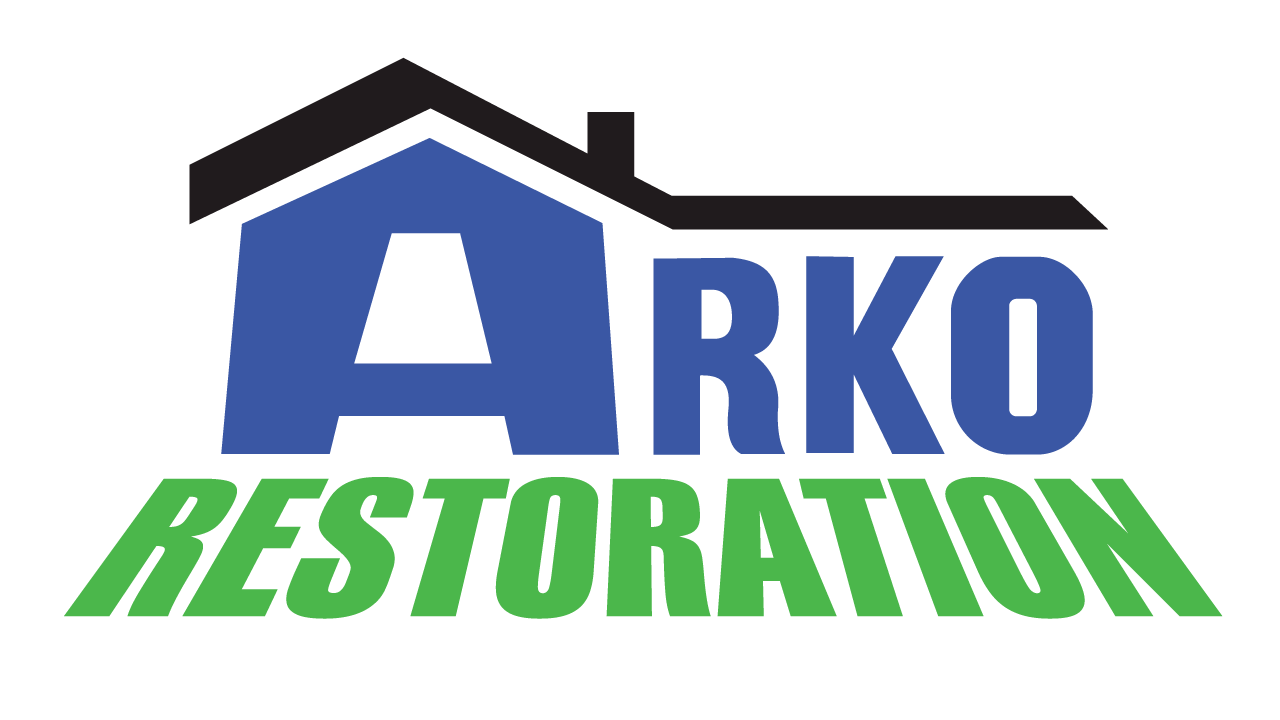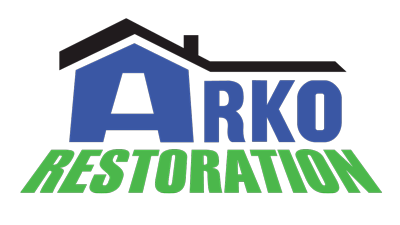If water damage has recently occurred in your home, you might be confused about what to do next. However, by taking the right steps to repair your home, you can effectively reduce the extent of the damage. You can make the process simpler and reduce some of the stress involved by knowing some common water damage restoration techniques and tips from the pros.
Water Damage Restoration: Techniques And Tips From The Pros
The process involved in restoring water or flood damage is often not straightforward. Each step, from the drying process to repairs and reconstruction, involves multiple details. To make the whole process easier, here are some expert tips and techniques…
1. Damage Assessment
To accurately assess the damage caused by water, you must contact a professional. The representative of the restoration service will ask you some questions. This is to help them understand the extent of the damage. After the details are taken, a team can then be sent to perform a thorough in-person assessment of the situation. An inspection of every room in your house, including the basement, would be part of the assessment. They can then assess the extent of damage and identify the cause of the issue using this information. A further decision made by the team is what category the damage falls under. The water damage restoration procedures are chosen following a thorough assessment.
2. Unplug All Electrical Outlets
Unplugging all of the outlets in the affected area is another thing you need to do when dealing with water damage. This will help in defending your home against short circuits and potential fires brought on by too much moisture.
Be sure to also turn off the main power source. Handle wet electrical equipment with caution as it may still be energized. Calling a professional to take care of the situation is preferable if you feel uneasy or unsafe.
3. Extract Water
On occasion, people do not clearly understand the services provided by a water damage restoration company. They need to dry the area first, then remove the excess water. Additionally, these restoration service providers make use of powerful vacuums and pumps to remove water. These strong tools can remove gallons of water at once. All of this is completed quickly to prevent further damage to your home. The size of the pump used may vary depending on how serious the situation is.
4. Inspect For Mold

One of the most crucial procedures for water damage restoration is to search for mold which can start to spread and grow quickly and cause a serious health risk. Start by looking at the ceilings, walls and other surfaces for any discoloration if you want to check for mold.
Furthermore, keep an eye out for musty smells or other unusual smells that could point to a mold infestation. A moisture meter can be used to check for moisture in concealed areas. To properly and safely remove any mold that you do find, it is crucial to contact a water damage restoration service.
5. Use Dehumidifiers
Some areas of a home are harder to access. For this reason, experts use less invasive techniques to dry the moisture, including the use of dehumidifiers, air movers and air scrubbers. These techniques help in making the flood restoration process more efficient. After this is done and the water has been removed properly, you can then proceed to clean the hidden corners in your house.
6. Take Out Damaged Items

The removal of any damaged materials is one of the most essential steps in water damage restoration. This can include everything from carpeting, furniture and appliances to ceilings and walls. To determine the full extent of the water damage, some or all of these components must be removed.
It will be simpler to restore the area and start repairs once all of the damaged materials have been taken out of the affected area. Take pictures and record the procedure so you can give this info to your insurance provider when you file a claim.
7. Cleanup
Water leaks can cause different types of damage. When you are done with all of the necessary cleaning, drying and removing of items, that is when the process is complete. Your property is prepared to be returned to its initial state by a certified contractor with your approval.
Additionally, a crew of skilled cleaners can repair any damage, regardless of how severe it may be. These steps are typical of all restoration procedures carried out following water leaks or major floods in basements and roofs.
8. Disinfect The Affected Area
The remaining water-damaged areas need to be cleaned and disinfected after any damaged items have been removed. Moisture should be removed using a mop or wet-dry vacuum.
Take extra care not to oversaturate a wooden floor if one exists. After that, disinfect the area with a suitable cleaning agent, such as water and bleach.
Also, you can disinfect the affected area using a scrubber and cleaning cloth. When you are done cleaning the area, do not forget to ventilate it. To remove any last traces of moisture from the air, use a dehumidifier.
9. Restore Your Property
Your home and possessions can suffer a significant loss due to water damage. It is important to restore your possessions as soon as you can after the initial assessment. Starting with separating what can be repaired from what must be replaced is a good idea.
Anything that has come into contact with water or moisture needs to be thoroughly cleaned with a sponge or cloth before being used.
Summary:
Any home can suffer from water damage, which is an unfortunate and unanticipated occurrence. Preventing additional damage and health risks requires taking the appropriate actions to restore your home quickly and effectively. The tips and techniques discussed already are expert advice to help make the whole process easier.


